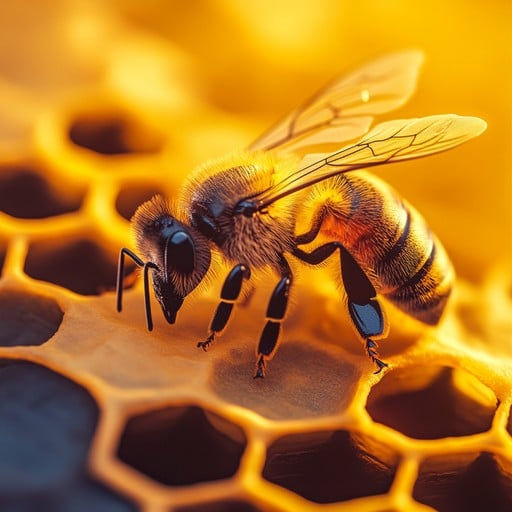Sweet Lessons from the Hive: What Honey-Making Teaches Us About Business
- Devaki R Menon
- Aug 22
- 3 min read
Honey is called liquid gold. But do you know why? Because bees don’t leave quality to chance. Every drop is the result of a perfect process—from sourcing nectar, to processing, to sealing with care. In business, too, quality and consistency come only when processes are strong.
Honey is one of nature’s most precious gifts — a golden nectar cherished for centuries, not just as food but also as medicine. With its anti-inflammatory, antiseptic, and antioxidant properties, honey helps heal wounds, boost immunity, and nourish the body.
But here’s the question: Do you know how this miracle is made?
The process is nothing short of extraordinary. Worker bees leave the hive to prospect — searching tirelessly for the right flowers. Just like a sourcing team in business, they identify the best raw materials (nectar) that will eventually become honey.
Once a bee collects nectar, it stores it in its special honey stomach and carries it back to the hive. But here comes the magic — the nectar isn’t directly deposited. Instead, the worker bee passes it mouth-to-mouth to another bee inside the hive. This chain continues, with each bee adding enzymes that transform raw nectar into something richer and more refined.

Inside the hive, the bees act with astonishing coordination. They fan their wings to reduce water content, thickening nectar into honey, and then carefully store it in hexagonal wax cells. The design itself is a marvel — perfectly optimized for space, strength, and efficiency. Not a drop is wasted.
And here’s where it gets even more fascinating: bees maintain a natural quality assurance system. Every bee knows its role. They don’t need a manager to tell them what to do, when, or how. They instinctively follow a system of standardization, ensuring that the end product — honey — is consistent, pure, and of the highest quality every single time.
The teamwork is seamless. Some forage, some process, some store, some guard. Each one is accountable, yet no one seeks personal credit. Their focus is the collective outcome: nourishing the hive and sustaining future generations.
Now, reflect on your business:
Do you have a clear SOP (Standard Operating Procedure) that guides sourcing, processing, quality checks, and delivery?
Is your teamwork as seamless as the bees’, with every member knowing their role?
Do you optimize storage, resources, and space for efficiency, just like the honeycomb?
Most importantly, do you have a clear picture of the end product — what your customer truly expects?
Nature has already designed the blueprint for consistency, efficiency, and excellence. The bees remind us that when every step of the process is structured, standardized, and carried out with unity, the result is always sweet.
To secure their hive, nature has equipped honeybees with the ability to sting, a defense mechanism to protect their home, resources, and queen. They are highly vigilant against any outsider who threatens their hive, ensuring that no intruder disrupts their process or contaminates their product. Similarly, in business, we need strong control measures and security systems in place, whether it’s safeguarding intellectual property, protecting customer data, or ensuring no shortcuts spoil the quality of our work. A well-guarded process ensures consistency, trust, and sustainability.
Is your business process as structured, efficient, and consistent as the making of honey?
Rate the quality of your business process on a scale of 1 - 5.










Great learning
Very informative